During an angiology/vascular ultrasound exam, sound waves penetrate the tissues being analyzed. The sound waves “bounce” off the blood cells as they move within the blood vessels. The sound waves then return to the ultrasound machine, where they’re recorded and displayed on the screen as an image of the blood vessel.
Vascular ultrasound is used to evaluate arteries or veins, including blood vessels in the neck, abdomen, arms and legs.
 This ultrasound can be used to evaluate:
This ultrasound can be used to evaluate:
- Detect clots in the vein (deep venous thrombosis, or DVT).
- Confirm chronic venous insufficiency, or leaky valves in the veins that may cause swelling or edema.
- Evaluate blood flow in the arteries and veins of the body to detect the presence, severity and location of disease.
- Diagnose the narrowing of arteries and pinpoint how severe the narrowing may be.
- Evaluate patients after a vascular procedure, such as a bypass or a stent.
This content is not a substitute for medical advice, diagnosis, or treatment provided by a qualified healthcare provider. Always seek medical advice from your physician or other qualified health provider.

